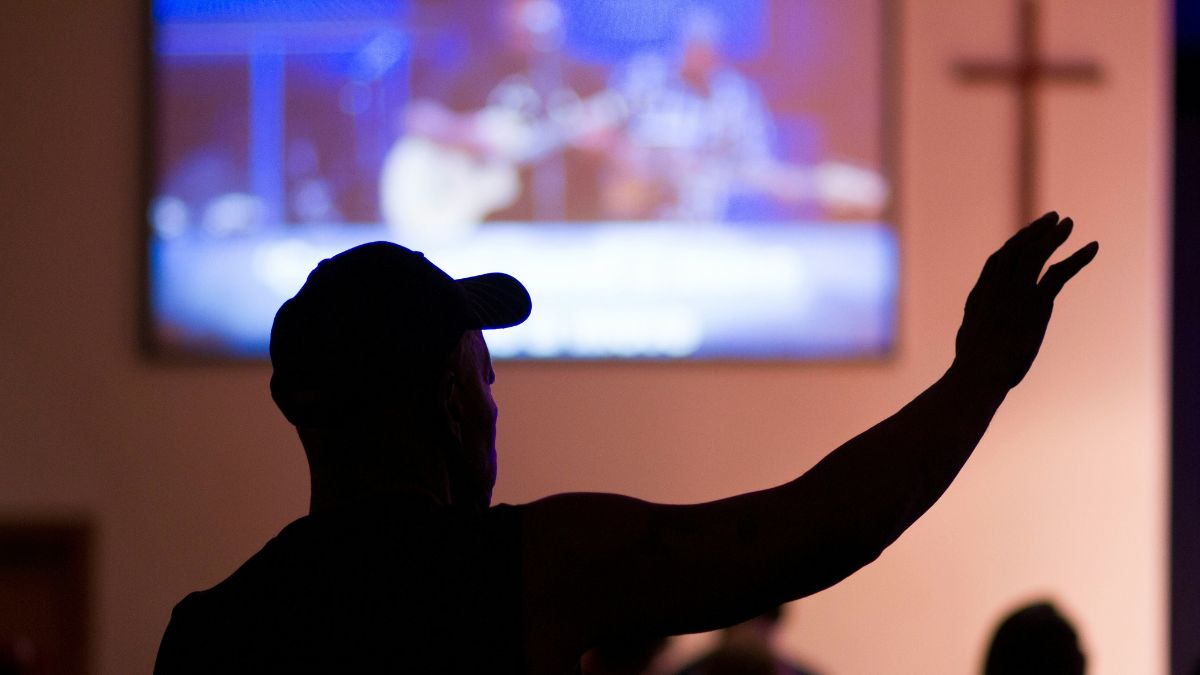

BreakPoint
Shock Art
Imagine you're in a major metropolitan area and you witness a man with a knife slicing into another man. Do you call the police? Not if the place is St. Patrick's cafe in Minneapolis during a recent art program. The Walker Art Center sponsored a controversial program that involved slicing designs into the skin of one man's back, sticking needles into another man's head, and piercing two women's cheeks with steel spikes. All in the name of performance art. The program notes described the mutilation as "erotic torture"—and most of the audience found it torture just to watch. Some gasped, others fled the room, and one fainted. Like many other controversial art projects, this one was paid for in part by our tax dollars, through funding from the National Endowment for the Arts. Is this what you and I pay our taxes to support? Artists have lined up to defend the blood-letting. Helen Brunner, executive director of the National Association of Artists Organizations, argued that shocking people is precisely what the NEA is all about. "If [the] NEA is only funding work that doesn't offend anyone," Brunner said, "then it isn't fostering art." But is art reducible to the simplistic function of offending people? Today's shock artists flatter themselves that they stand in the tradition of the great art innovators of the past, who broke through artistic conventions of form and composition—like the Impressionist painters who scandalized the bourgeoisie of their day. But contemporary artists are not merely violating artistic conventions. They're violating basic human decency, which is the bedrock of every culture. As Martha Bayles argues in a recent issue of the Atlantic Monthly, every culture seeks ways to dignify the elemental human experiences—marriage, sex, birth, suffering, and death. Every culture surrounds these elemental experiences with myth, ritual, and tradition. But today's shock artists equate tradition with repression. And, as they see it, challenging repression is their specially appointed task. The artists who cut and pierced their bodies in Minneapolis, for example, were taking deliberate aim at the natural human revulsion to blood and violence. "People always leave" during the performance, says Ron Athey who did the body carving. "They can't handle the live blood and live pain." But the reason most people "can't handle" live blood and pain is not that they are repressed; it's that they are not voyeurs. The universal human response to pain and suffering is a desire to cloak these experiences in privacy and to find spiritual meaning for them. So today's shock artists are not merely offending a few repressed, puritanical prudes; they are offending everyone who has a sense of basic decency. Their work is dehumanizing and degrading—and we should refuse to subsidize it with taxpayer dollars. Of course, genuinely great art has always portrayed pain and suffering. Think of paintings of Jesus' crucifixion. But great art does it in a manner that is dignified and respectful. Its purpose is not to shock us but to move us to ponder the deep mysteries of life and death. And ultimately to worship.
04/11/94















